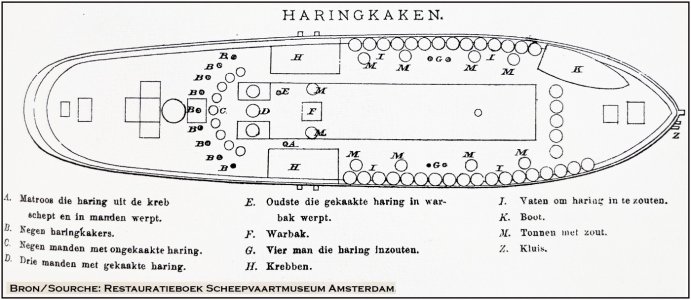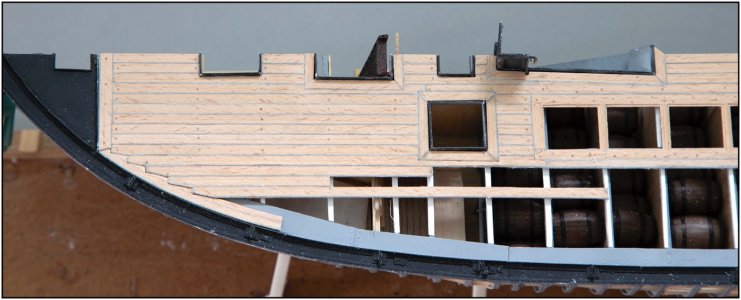Thanks, Herman. You also!Beautiful decking Peter.
Fijne Paasdagen!
Regards, Peter
 |
As a way to introduce our brass coins to the community, we will raffle off a free coin during the month of August. Follow link ABOVE for instructions for entering. |
 |
Thanks, Herman. You also!Beautiful decking Peter.
Fijne Paasdagen!
Thank you very much, Jim. For you also a joyful Easter.Happy Easter, Peter!
On this beautiful day of resurrection, may your heart be lifted by the promise of new life and renewed hope through our risen Lord. May the joy of Easter fill your home, the peace of Christ be with you always, and may you find reasons to smile in every blessing, big or small. He is risen indeed, alleluia!
Wishing you a joyful and grace-filled Easter.

Versa.
Thanks for your very nice words, Ken. And someone of the same age calling me 'sir'... that makes me blush.Hi Peter, I have to say that I had some questions about the use and integration of plastic and wood. No longer. Now caught up on your work, all I can say is, "Wow!". I am a believer.
Also, I appreciate you not just explaining what you've done, but why you chose to do it a certain way. Understanding the logic behind the method helps when it's time for us to choose a method of construction, whether it is to improve the quality of our work or to avoid those frustrating pitfalls.
Wonderful work, sir. KUDOS!
Thanks, Dean. Yes, the port side gets it’s full deck, all the hull plates and will be full equipped with all the fishery attributes. Also with the rigging. My intention is also the rigging to the starboard side, on the top of the masts attached with the mini magnets so I can take aside when I take both parts apart ……... I have all the time to design and work that out.Deck looks great Peter. Will you completely plank this half?
That sounds great! I’m certain you will accomplish it.Thanks, Dean. Yes, the port side gets it’s full deck, all the hull plates and will be full equipped with all the fishery attributes. Also with the rigging. My intention is also the rigging to the starboard side, on the top of the masts attached with the mini magnets so I can take aside when I take both parts apart ……... I have all the time to design and work that out.
Regards, Peter

Interesting question. Also, did they clean and prepare the herring on deck (I guess so)? That means taking barrels out of the holds, filling them with herring and salt and re-storing the filled barrels in the holds. I can imagine it must have been a real mess on deck. Add wind,rain and low temps to the mix... Ideal circumstances to work in.How did they do that in real life? Once lashed, how do you get out of the hold? That is worth asking some old fishermen ......
Haha, thanks for noticing, but busy with some labour intensive details on de deck planking .....There have been no updates for a long time, I wonder what is happening with the model, what changes?

That's for sure, Johan. It reminds me that I had this information ready to post:Interesting question. Also, did they clean and prepare the herring on deck (I guess so)? That means taking barrels out of the holds, filling them with herring and salt and re-storing the filled barrels in the holds. I can imagine it must have been a real mess on deck. Add wind,rain and low temps to the mix... Ideal circumstances to work in.


Thanks, Shota. Still busy .......my dear friend Peter
you are creating a Beautiful deck


Thanks, Mirek. Do my best …….Hello
It looks beautiful Piotr, it makes an impression. Greetings Mirek
Thanks, Roger. I think it’s almost impossible to make the nibbles when the board is glued on deck.Absolutely beautiful work Peter. Like you I made the margin plank (nibble board) removable until I’d finished the adjacent planks. It made the cutting much easier.
Thanks, Paul. My new juwelers files are paying off.Beautiful, precise work, Peter!
Thanks, Daniel. When the pre-work is well done, the finishing will be easier…….. I hope …..Fantastic work Peter!
Good morning Peter. What they all say or ditto,ditto, ditto and dittoThanks, Mirek. Do my best …….
Thanks, Roger. I think it’s almost impossible to make the nibbles when the board is glued on deck.
Thanks, Paul. My new juwelers files are paying off.
Thanks, Daniel. When the pre-work is well done, the finishing will be easier…….. I hope …..
Regards, Peter
